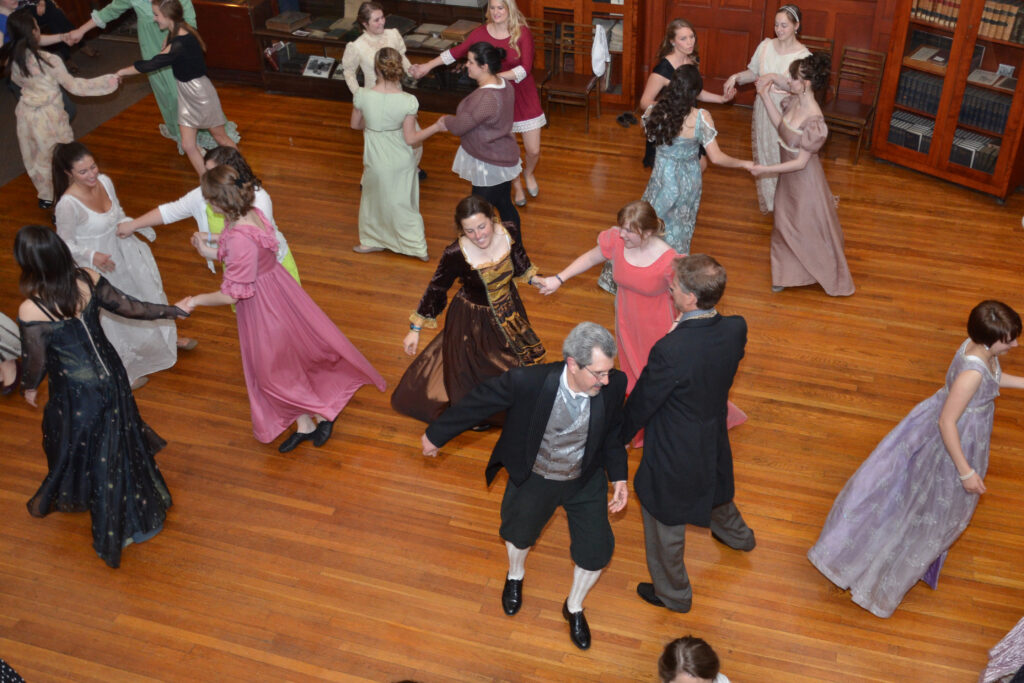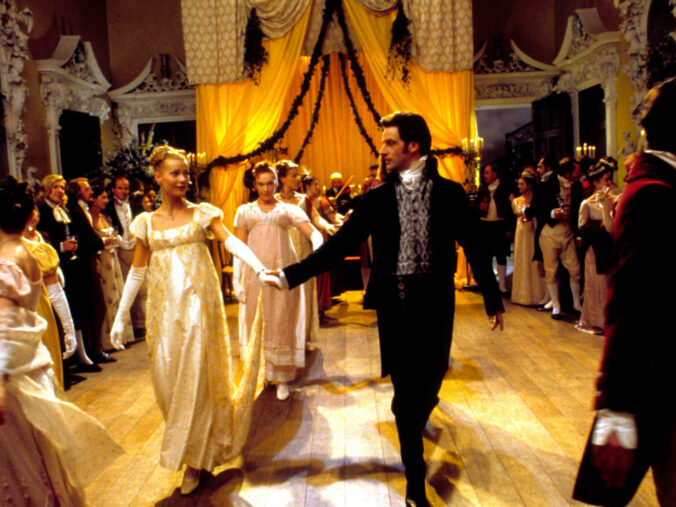Contra dancing, as I mentioned in one of my earlier posts, is born out of English Country Dancing. Many of the figures in contra are directly copied from English Country Dancing. However, they have been adapted over the years.
I decided that I need to try English Country Dancing to develop a better theoretical understanding of the origins of Contra. This is why I was excited when I had the opportunity to join a group of English Country Dancers three weeks ago. I have been to three English Country Dances in Victoria and here are my thoughts.
English Country Dancing is Visual
In contra dancing, the cultural norm is not to worry too much about how the dances look to an observer. Of course, people employ lots of flourishes and many people dance beautifully, but this dancing is more to impress the other dancers in your minor set rather than to impress an outside audience.
In English Country dancing, dancers are sometimes performing in small groups for a large audience, which means that callers spend more time emphasizing hand placement, footwork, and figure symmetry. This cultural difference comes from the culture of “balls” in English Country Dancing, where dancers come together in period dress and dance. If you’ve ever seen Pride and Prejudice, congratulations, you’ve seen an English Country Dance ball.

English Country Dance Is Complex
Trying English Country Dance is making me into a better dancer. Many of the figures in English Country Dance are essentially more complex variations on Contra figures.
For example, in contra dancing, the only hey figure you will see in most dances is a hey for four. In English Country Dancing, I have encountered heys for three, dolphin heys, and circular heys.
This is also true when it comes to formation and musical time signature for dances. This diversity is exciting and challenging for me.
Overall, I liked my experience English Country Dancing, and I think I will keep doing it.

Leave a Reply
You must be logged in to post a comment.